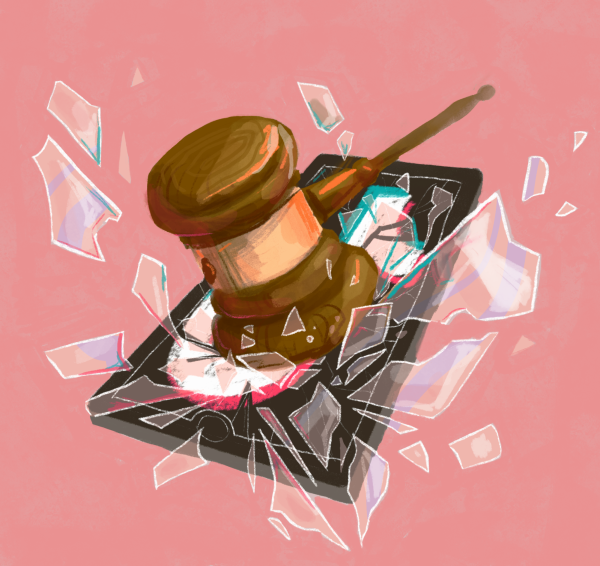A student’s guide to the impeachment process
November 20, 2019
On Sept. 24, 2019, Democrats in the House of Representatives formally launched an impeachment inquiry into President Trump. This was due to a recent scandal involving a leaked audio recording of a conversation between President Trump and Ukranian president Volodymyr Zelensky that showed possible illicit activities. According to ABC news, during a phone call where President Trump congratulated President Zelensky, Trump also attempted to persuade the Ukranian president into opening an investigation that would benefit him politically.
With the impeachment inquiry started, it is important to know exactly how this process works to better understand how it could impact the country.
First, understanding what impeachment in the US government means is vital. Impeachment was a power given to Congress to remove a sitting president before their term is finished if the president had abused their power, according to the New York Times.
So what is an impeachable offense? This is a gray area without a solid explanation because impeachable offenses are not necessarily illegal activities. It can be achieved through any means of what could be determined as an abuse of power, according to the New York Times. This can be realized through both illegal and legal actions taken by any sitting US president. In President Trump’s case, the House of Representatives pointed out abuse of power, obstruction of justice, and failure to comply with a congressional subpoena, according to the Washington Post.
If a member of Congress deems a presidential action an impeachable offense, the House of Representatives can declare an impeachment investigation. This involves six House of Representatives committees proceeding in an investigation that will later be given to the Judiciary Committee, who then determine if the impeachment proceeding is valid. According to The Heritage Foundation, the Judiciary Committee’s decision will either stop the impeachment process because of an insufficient amount of evidence or be sent to the House floor for a vote on the violations that would lead to formal impeachment.
If the House of Representatives have a majority vote for the President’s impeachment, the President is formally impeached. Being impeached does not mean you are removed from office, only that the Senate will take over and hold a trial to determine if the president needs to be removed from office, according to The Heritage Foundation. For example, in 1998, Bill Clinton was formally impeached, but the Senate never convicted him so he remained in office for the rest of his term, according to the Bill of Rights Institute. For the Senate to officially remove the President, a 2/3rds present majority is required for the conviction to be validated. If the Senate decides to convict the current President of the United States, they will be removed from office and the Vice President will be sworn in as the new President of the United States.
With the Trump impeachment inquiry progressing through these steps every day, it is important to understand the process and its nature. If President Trump is impeached and convicted, he will be the first president ever removed from office by impeachment in American history.
If Trump became the first US president removed from office by impeachment, it could have implications far into the 2020 presidential election. Since the Republican Party endorsed Trump ahead of the 2016 election, it would bring the party’s legitimacy into question, resulting in a possible distrust within the party. It could lead to a greater number of Democratic voters that no longer align with the views of the Republican Party. This would lead to a shift in overall party policies, as the Democrats try to hold on to new voters and Republicans try to regain lost supporters.












